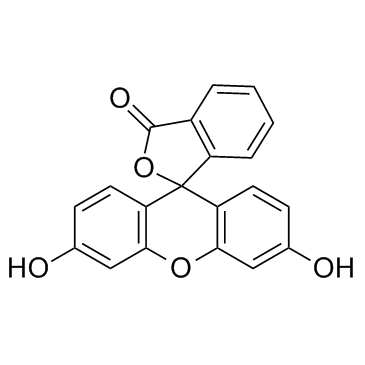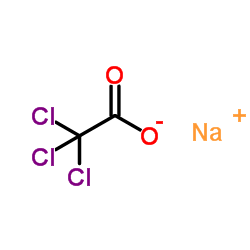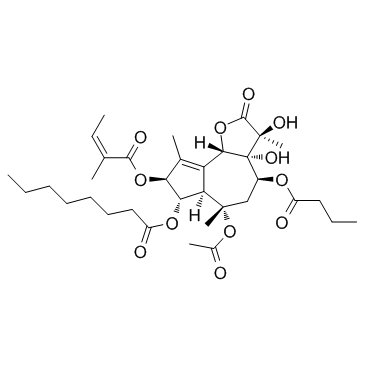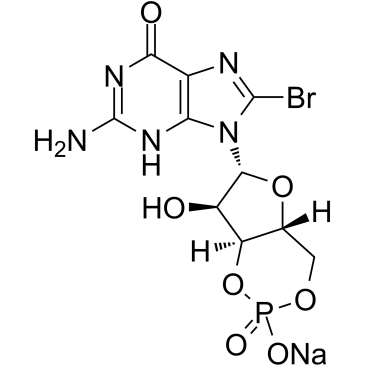| Structure | Name/CAS No. | Articles |
|---|---|---|
 |
Fluorescein
CAS:2321-07-5 |
|
 |
Sodium TCA
CAS:650-51-1 |
|
 |
Thapsigargin
CAS:67526-95-8 |
|
 |
8-Br-cGMP(8-Bromo-cGMP)
CAS:51116-01-9 |